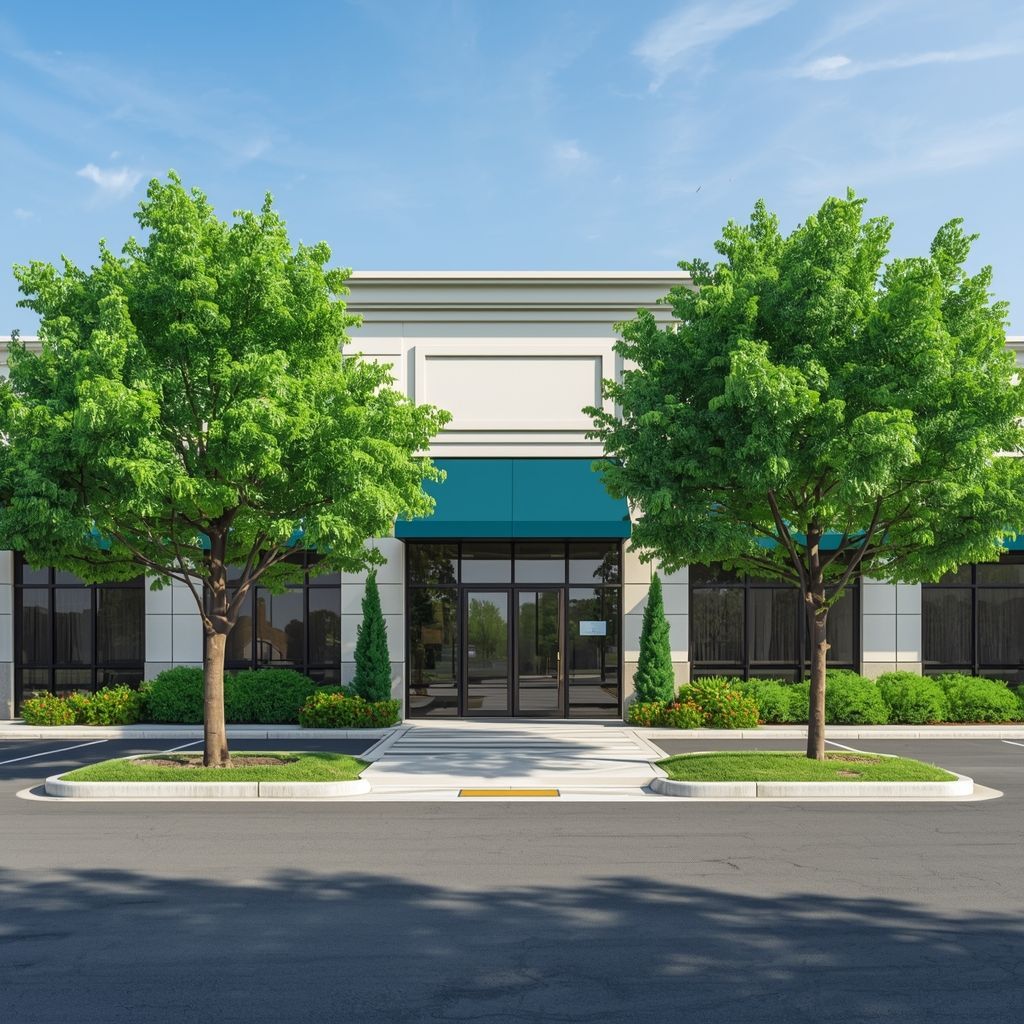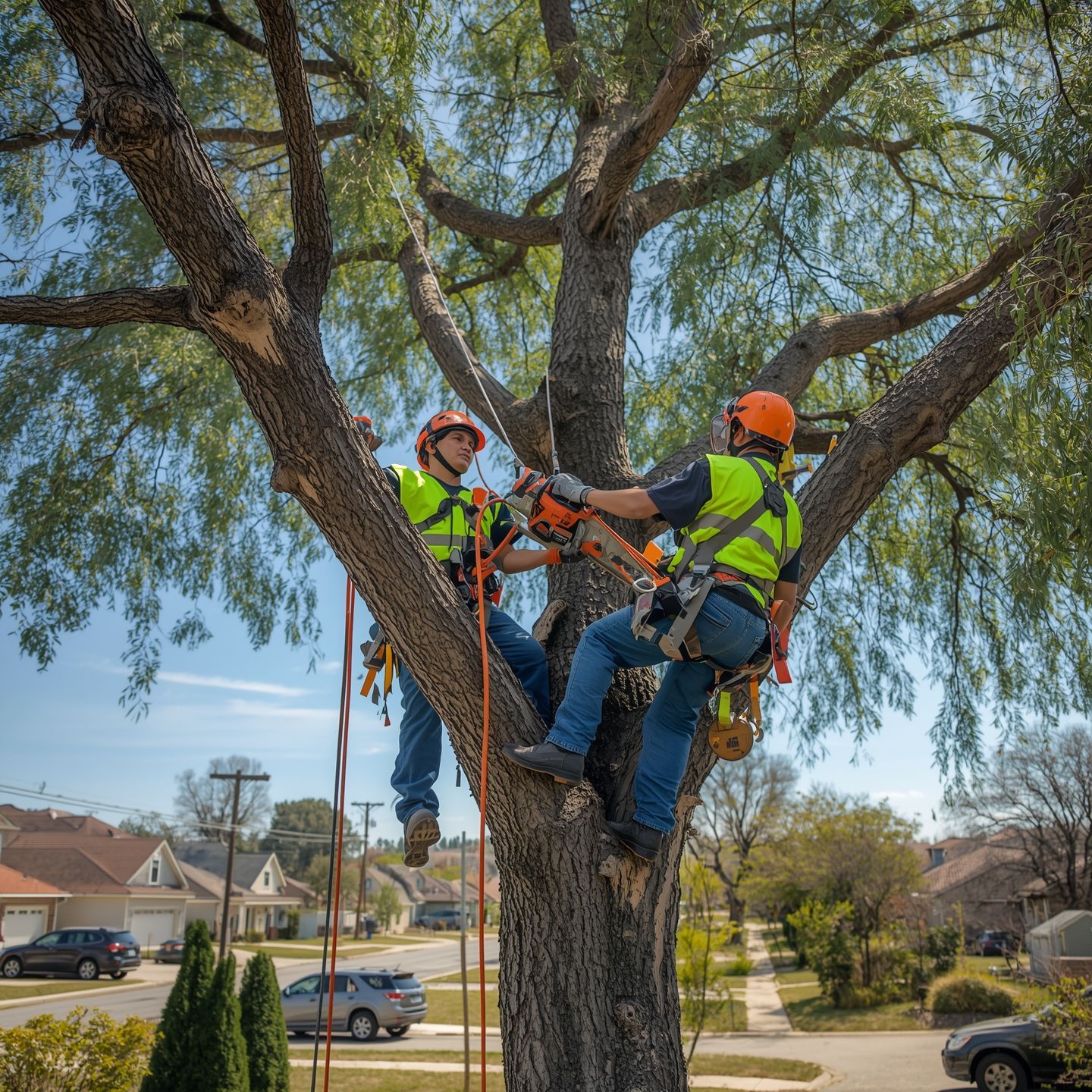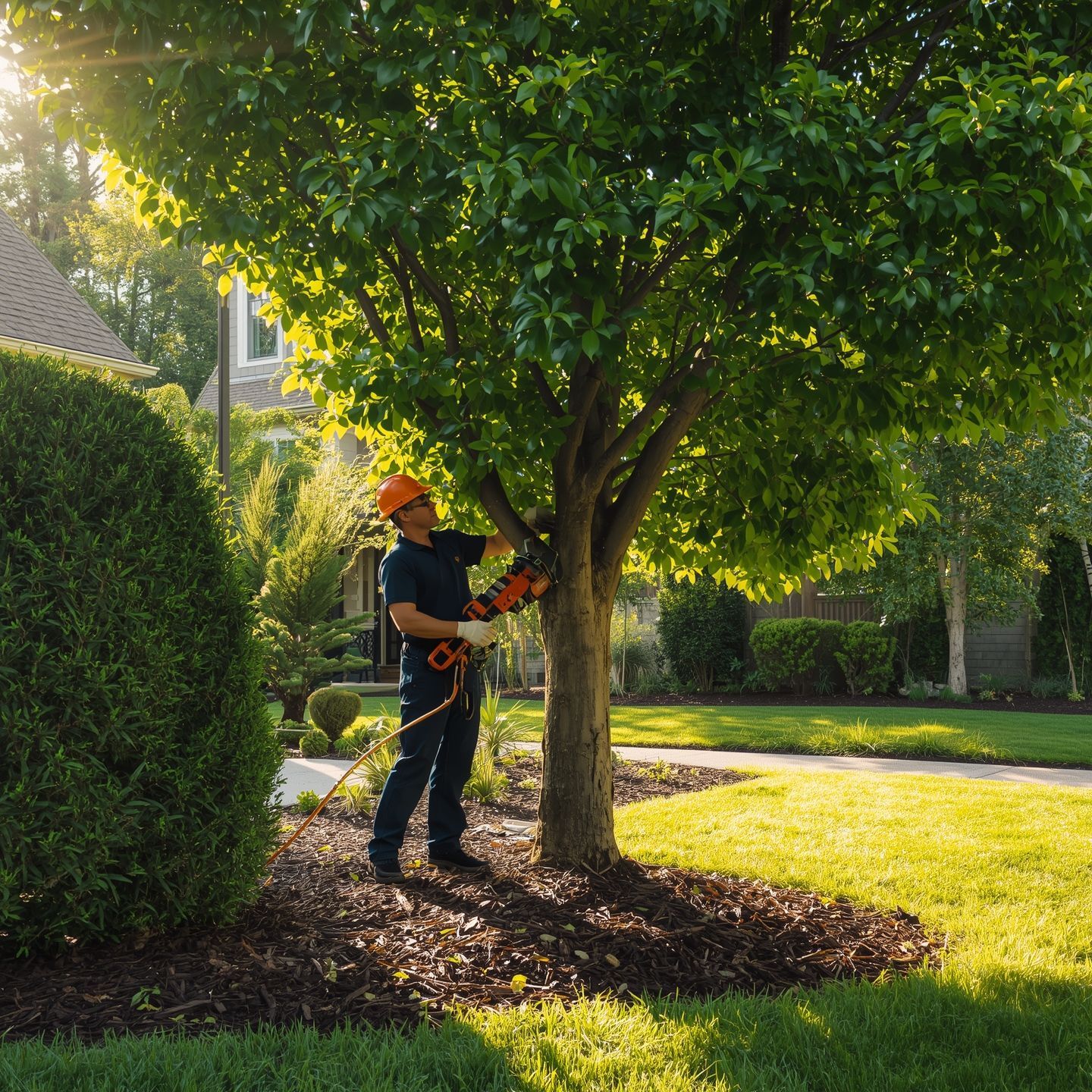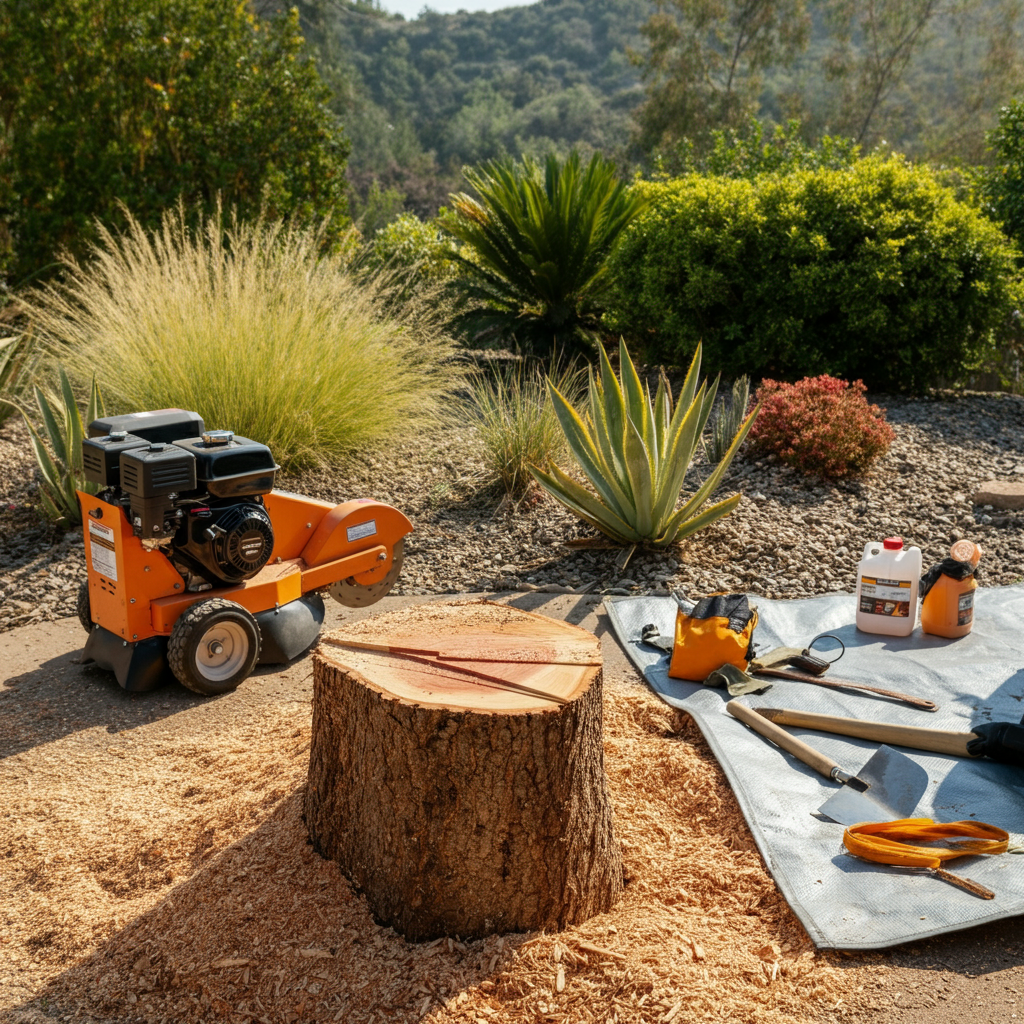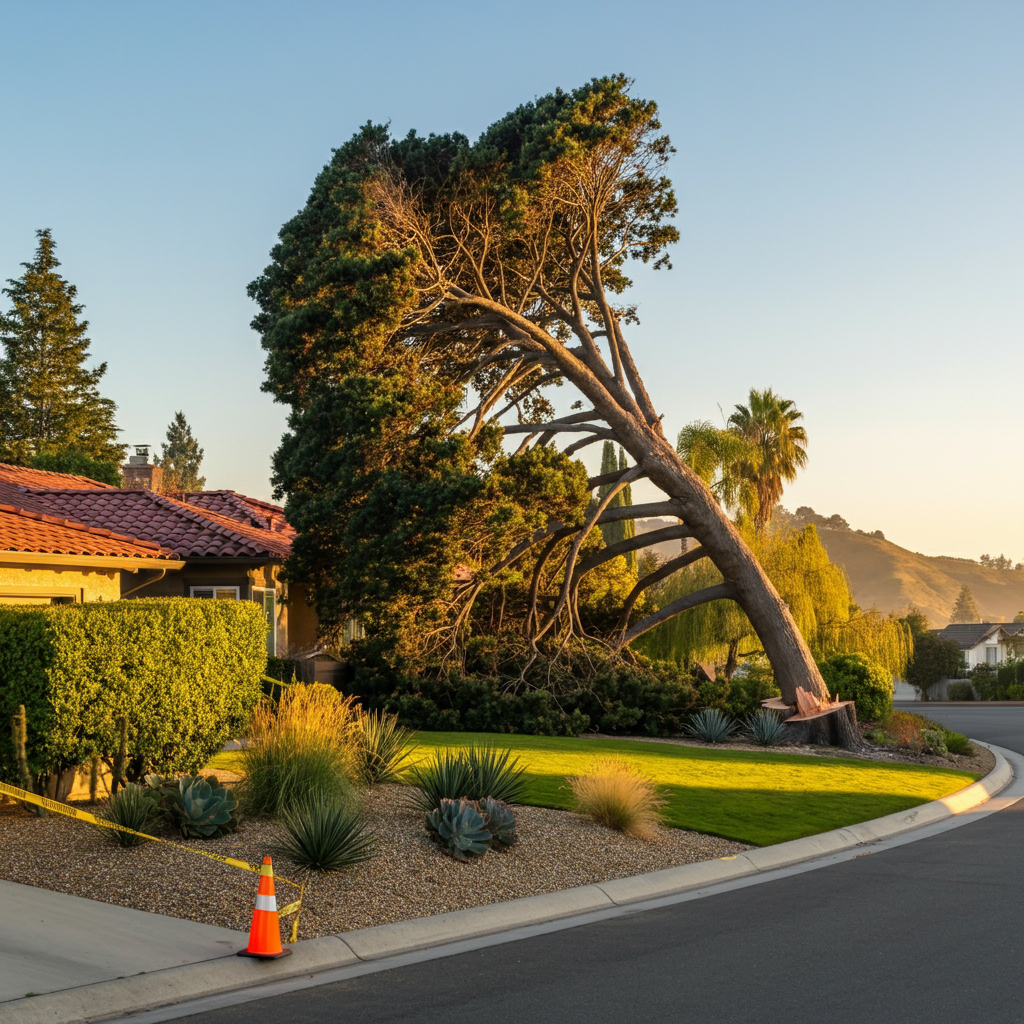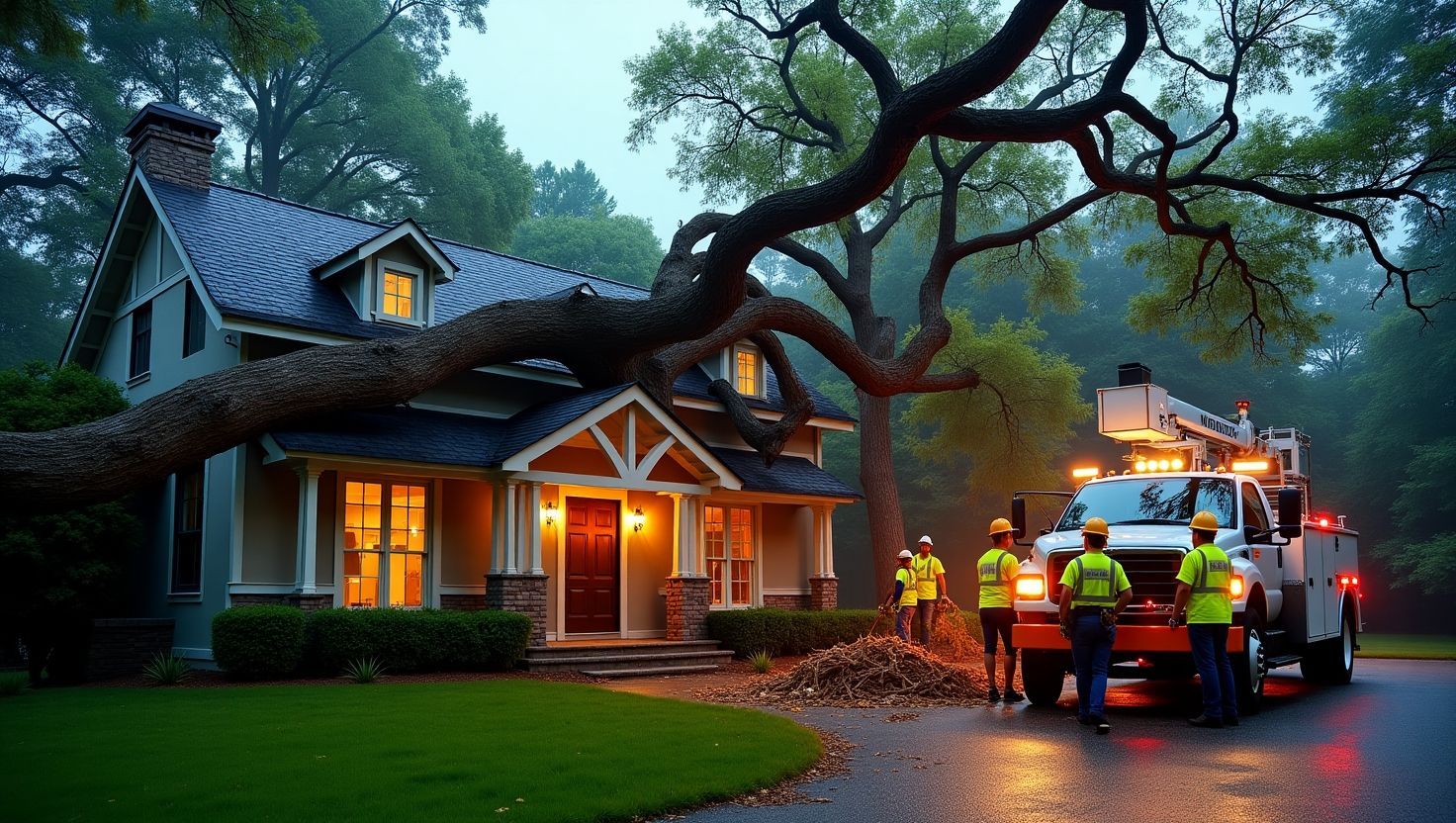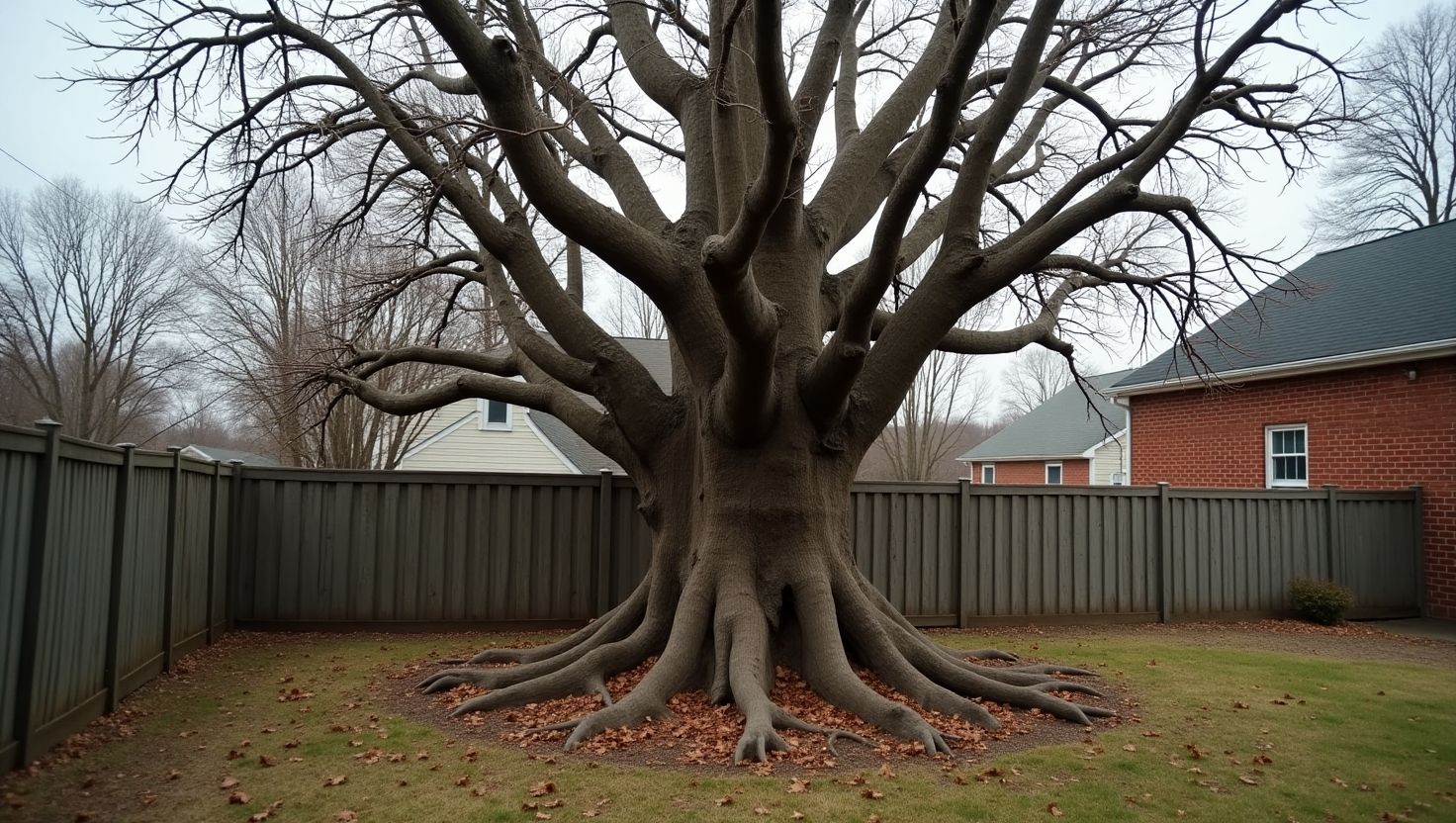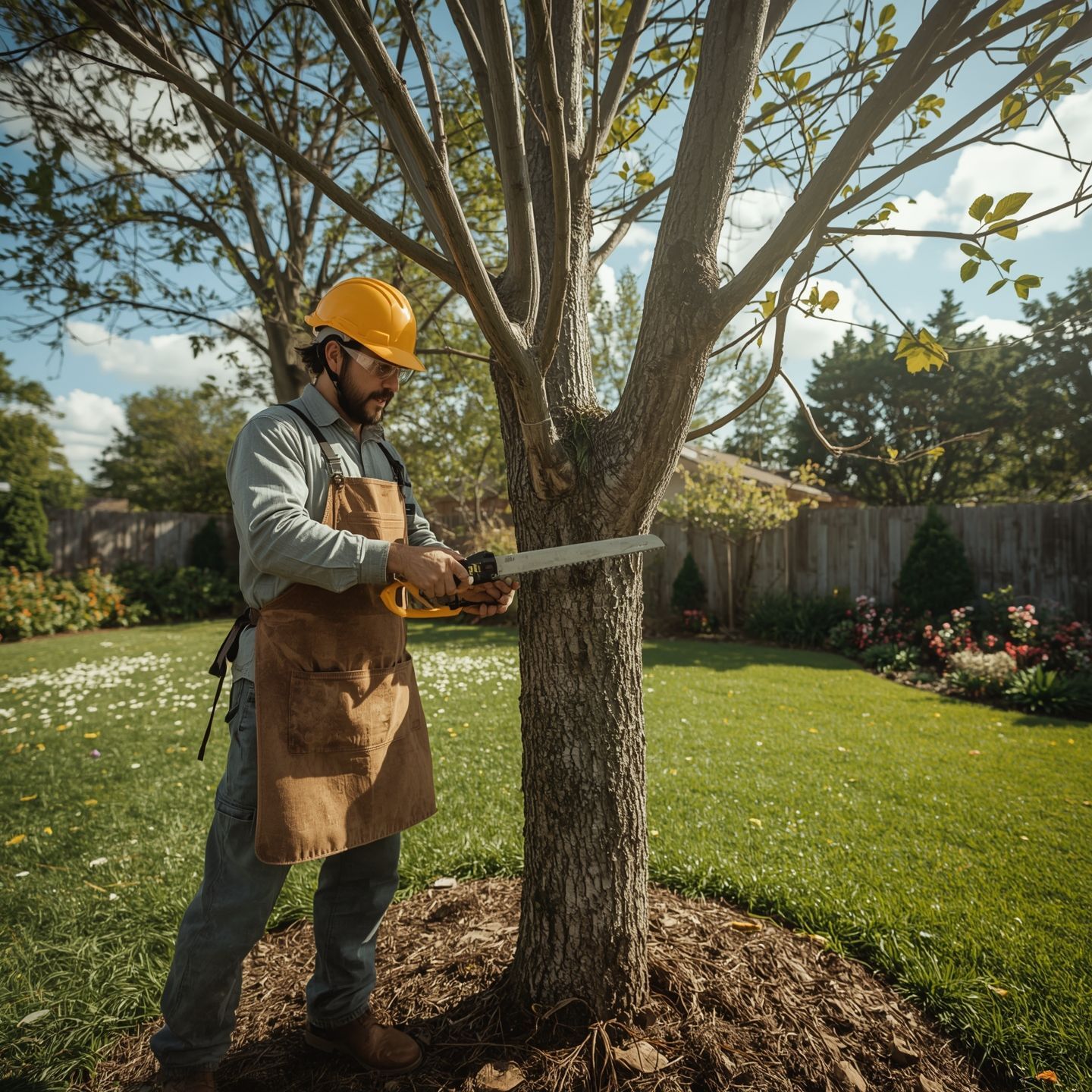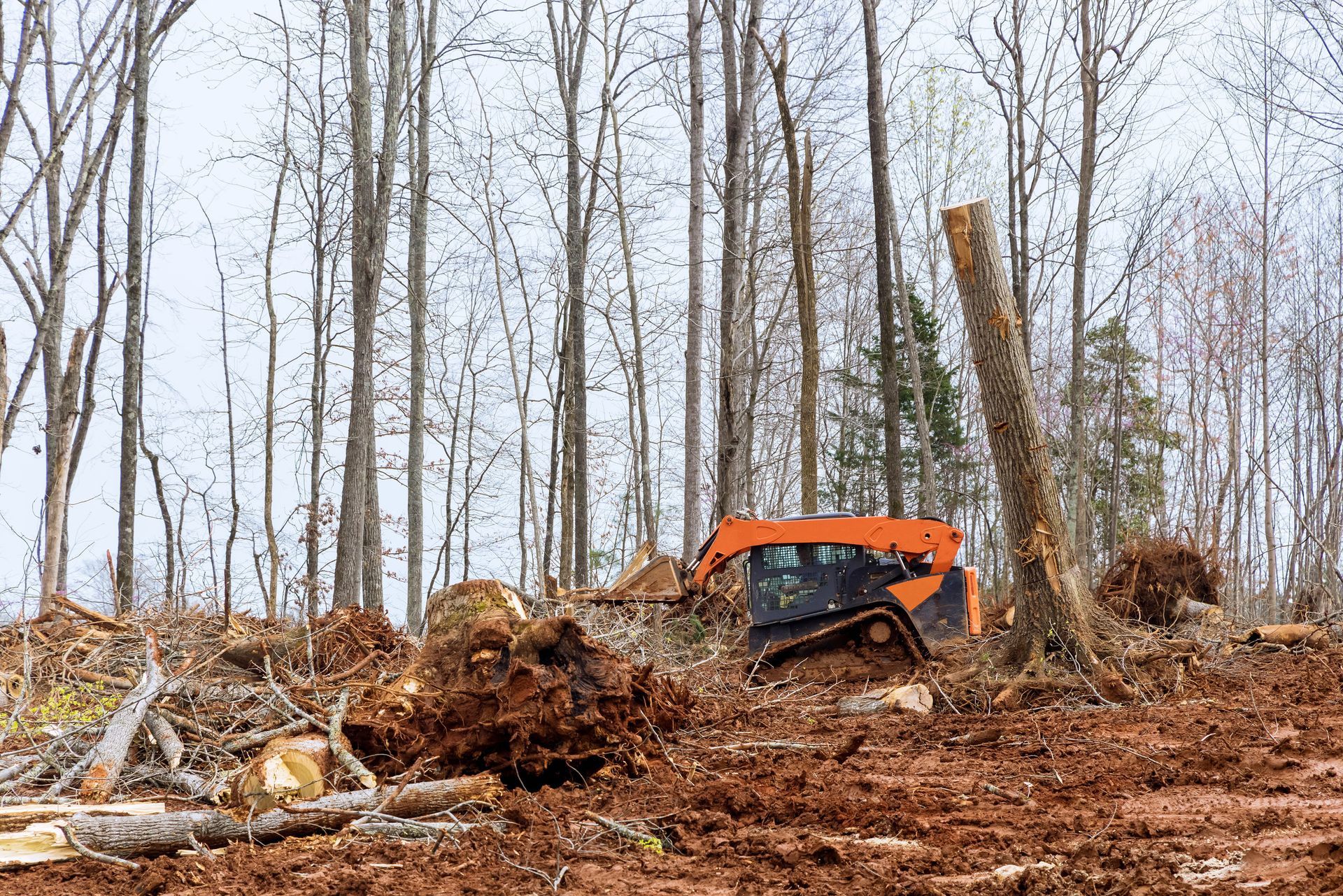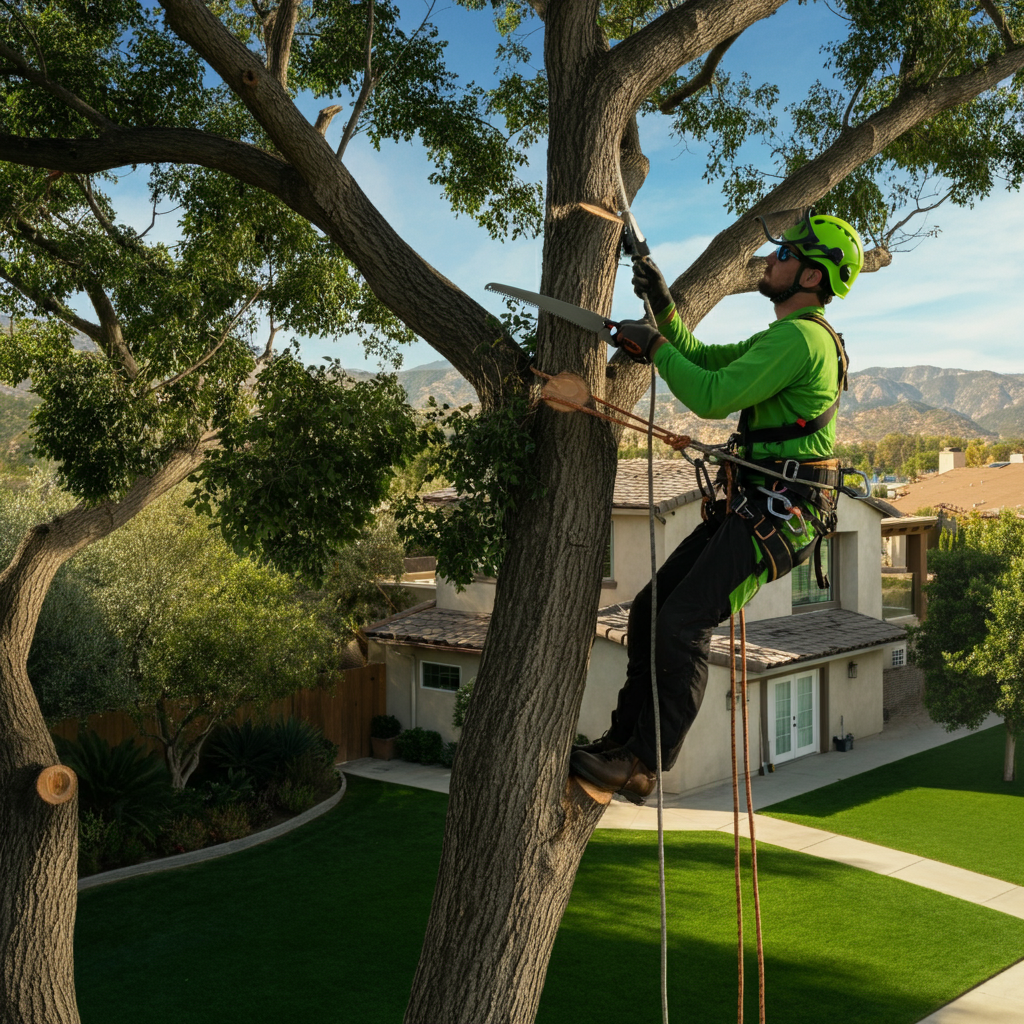Prune Like a Pro: The Simple Rules That Keep Trees Healthy and Beautiful
A well-pruned tree is a work of art. It stands strong, enhances your property’s curb appeal, and provides shade and beauty for years to come. But improper pruning can do more harm than good, leaving trees weakened, misshapen, and vulnerable to disease. Many property owners either avoid pruning altogether for fear of making a mistake or grab a pair of shears and cut with good intentions but little knowledge.
The truth is, effective pruning is a science. It’s about understanding what to cut, when to cut, and why you’re cutting in the first place. Mastering a few simple rules can transform your approach, helping you maintain trees that are not just beautiful, but also healthy and safe. This guide will walk you through the essentials of pruning, from identifying problem branches to knowing when it’s time to call in a professional.
Why Smart Pruning is Non-Negotiable
Proper pruning is one of the most valuable investments you can make in your landscape. It goes far beyond just trimming a few stray branches. The primary benefits fall into three key categories: health, safety, and aesthetics.
- Tree Health: Pruning removes dead, diseased, or dying branches, which prevents decay and pests from spreading to the rest of the tree. It also improves air circulation and sunlight penetration, reducing the risk of fungal infections.
- Property Safety: Overgrown, weak, or broken limbs pose a significant threat to your home, vehicles, and anyone walking underneath. Strategic pruning eliminates these hazards before they can fail during a storm or high winds.
- Aesthetics and Value: A well-shaped tree complements your home and landscape. Pruning can enhance a tree's natural form, encourage flower and fruit production, and even open up a desirable view. This directly contributes to your property’s curb appeal and overall value.
Understanding What to Cut: A Tree's Perspective
Before you make a single cut, it’s crucial to know what you’re looking for. A quick walk around your tree will reveal several types of branches that are prime candidates for removal.
- The 3 D's (Dead, Diseased, Dying): These are the most important branches to remove. They are non-productive, attract pests, and can spread decay. They often appear brittle, discolored, or have no leaves when the rest of the tree is green.
- Crossing or Rubbing Branches: Branches that grow into each other create wounds in the bark, providing an entry point for disease. Removing one of them will prevent future damage.
- Suckers and Watersprouts: Suckers are vigorous vertical shoots that grow from the base of the tree or its roots. Watersprouts are similar shoots that emerge from the trunk or main branches. Both divert energy from the main canopy and should be removed.
- Weak Unions: Look for branches that connect to the trunk at a very narrow angle, often with included bark (bark that gets pinched between the branch and trunk). These V-shaped unions are structurally weak and prone to splitting.
Key Pruning Methods and the One to Avoid
Professional arborists use several techniques to achieve specific goals. Understanding these methods helps you communicate your needs to a tree service in Riverside or tackle smaller jobs yourself.
- Crown Cleaning: The removal of dead, dying, diseased, and weak branches from the canopy. This is the most common and essential type of pruning for mature trees.
- Crown Thinning: The selective removal of branches to increase light penetration and air movement. This reduces weight on heavy limbs and decreases wind resistance.
- Crown Raising: The removal of lower branches to provide clearance for buildings, vehicles, or pedestrians.
- Crown Reduction: Reducing the size of a tree by pruning back leaders and branch terminals to smaller, lateral branches that can sustain the limb. This is the proper way to control a tree's size.
What to Avoid: Topping. Topping is the indiscriminate cutting of tree branches to stubs or to lateral branches that are not large enough to assume the terminal role. It is a harmful practice that starves the tree, creates weak and unsafe regrowth, and makes the tree susceptible to pests and disease. A reputable company providing tree service in Riverside, CA will never recommend topping.
The Right Time for Tree Pruning in Riverside
Timing is everything. While dead branches can be removed any time of year, most pruning is best done when the tree is dormant.
- Dormant Season (Winter): For most deciduous trees, late fall or winter is the ideal time. The lack of leaves gives a clear view of the tree's structure, and the dormant state minimizes stress and sap loss.
- Growing Season (Spring/Summer): Pruning during this time should be minimal. It's best reserved for removing hazardous limbs or making minor corrective cuts on young trees. Pruning flowering trees right after they bloom ensures you don’t accidentally remove this year’s flower buds.
For specific guidance on local species like oaks, sycamores, or palms, consulting a local expert on tree pruning in Riverside is your best bet. They can provide a schedule tailored to your landscape’s unique needs.
DIY vs. Calling a Pro: Know Your Limits
Armed with knowledge, you can confidently handle some light pruning on small, young trees. However, there are clear signs that a job is best left to certified professionals.
Call a professional when:
- The branches are too high to reach safely from the ground. If you need a ladder, you need a pro.
- The branches are large and heavy. A falling limb can cause serious damage or injury.
- The tree is near power lines. This is extremely dangerous and requires specialized training.
- The job requires a chainsaw. Operating a chainsaw, especially at height, is a task for trained and insured experts only.
Why Choose a Local Professional: Reg's Tree Service
When the job is too big or too dangerous, you need a partner you can trust. Reg’s Tree Service brings expertise, professionalism, and a commitment to safety to every project. We understand that proper pruning is an investment in the long-term health and beauty of your landscape.
Our certified and insured crews specialize in a full range of expert pruning services, including:
- Expert Tree Trimming & Pruning: We apply industry-best practices to enhance your tree’s structure and health, whether it’s a young sapling or a mature specimen.
- Crown Maintenance: We perform professional crown thinning, cleaning, raising, and reduction to meet your specific goals, from hazard mitigation to improving views.
- Formative Pruning: We help shape young trees to ensure they develop a strong, stable structure for a long and healthy life.
- Clearance and Hazard Pruning: We expertly remove limbs that threaten your home, driveway, or utility lines, ensuring your property is safe.
With Reg’s Tree Service, you get a team that uses modern, well-maintained equipment and follows strict safety protocols. We provide transparent pricing and leave your property immaculate after every job. Our strong reviews from homeowners across the region are a testament to our dedication. For expert tree pruning in Riverside, look no further.
Don't guess when it comes to your trees. Let our experts provide a professional assessment and a clear plan. Get a free quote- call us (951) 479-7780 or request a quote online.

